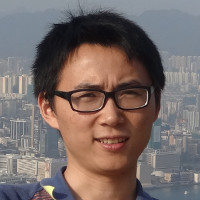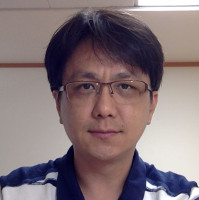Radu Timofte
ETH Zurich
Title:From Paired to Unpaired Visual Domain Translation and Beyond
Abstract:
Image and video restoration and enhancement tasks can be seen as image-to-image and video-to-video translations, respectively.
We will review the literature going through the fully supervised settings (when corresponding pairs of images/videos are available for training),
semi-supervised and unsupervised (when only unpaired images/videos are available). We will review representative visual domain translators such as pix2pix, CycleGAN, ComboGAN, StarGAN, MUNIT, and SMIT, as well as very recent video translation methods including vid2vid, RecycleGAN and UVIT, and a selection of other recent developments.
Bio:
Radu Timofte is lecturer and research group leader in the Computer Vision Laboratory, at ETH Zurich, Switzerland. He obtained a PhD degree in Electrical Engineering at the KU Leuven, Belgium in 2013, the MSc at the Univ. of Eastern Finland in 2007, and the Dipl. Eng. at the Technical Univ. of Iasi, Romania in 2006. He serves as a reviewer for top journals (such as TPAMI, TIP, IJCV, TNNLS, TCSVT, CVIU, PR) and conferences (ICCV, CVPR, ECCV, NeurIPS, ICLR), as an area editor for Elsevier's CVIU journal (from 2017), and as an associate editor for SIAM’s SIIMS (from 2020). He served as area chair for ACCV 2018, ICCV 2019 and as SPC for IJCAI 2019, 2020. He received a NIPS 2017 best reviewer award. His work received several awards, including a best scientific paper award at ICPR 2012, the honorable mention award at FG 2017, the best student paper award at BMVC 2019, and his team won a number of challenges including traffic sign detection (IJCNN 2013) and apparent age estimation (ICCV 2015). He is co-founder of Merantix and co-organizer of NTIRE, CLIC, PIRM and AIM events. His current research interests include deep learning, augmented perception, domain translation, image/video compression, manipulation, restoration and enhancement.





